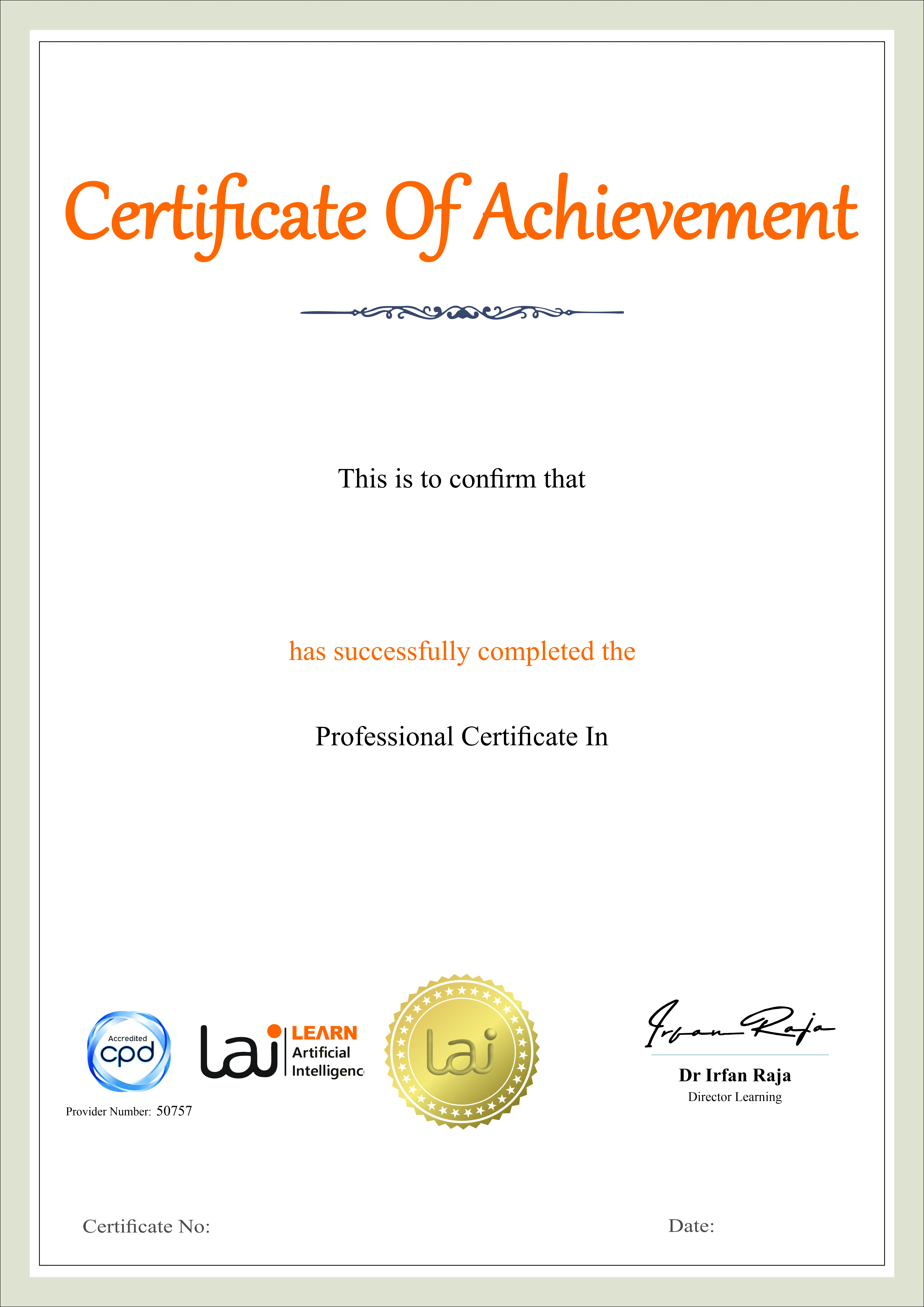The Numpy and Pandas for Data Handling course is designed to provide you with a comprehensive understanding of how to efficiently manage and manipulate data using two of the most powerful Python libraries: Numpy and Pandas.
Numpy and Pandas for Data Handling
The Numpy and Pandas for Data Handling course is designed to provide you with a comprehensive understanding of how to efficiently manage and manipulate data using two of the most powerful Python libraries: Numpy and Pandas. Numpy is a fundamental library for scientific computing, providing support for large, multi-dimensional arrays and matrices. Pandas, on the other hand, is built on top of Numpy and adds powerful data structures like Series and DataFrame, making it easier to handle, analyze, and manipulate structured data.
In this course, you will learn the core concepts of data handling, from the basics of Numpy arrays and Pandas DataFrames to more advanced techniques such as data cleaning, aggregation, and visualization. By the end of the course, you will be proficient in using these tools for real-world data analysis tasks.
This course is ideal for anyone who is looking to enhance their data handling skills using Python. Whether you are a beginner in data science or an experienced professional seeking to improve your data manipulation abilities, this course is designed to provide a solid foundation in Numpy and Pandas for Data Handling. Data analysts, machine learning enthusiasts, and software developers working with data-intensive applications will find this course particularly valuable. A basic understanding of Python programming is recommended, but no prior experience with Numpy or Pandas is required.
Understand the basics of Numpy and Pandas for data handling and manipulation.
Perform data cleaning and preparation using Pandas techniques.
Use Numpy arrays for efficient numerical data operations.
Create and manage Pandas DataFrames and Series for structured data analysis.
Aggregate and group data for detailed insights and analysis.
Handle time series data and perform basic transformations on dates and times.
Implement advanced data manipulation techniques with Numpy and Pandas.
Visualize and export data for reporting and further analysis.
-
Gain an overview of the importance of data handling and the roles of Numpy and Pandas in data science. Learn how to install and set up these libraries and explore their primary features.
-
Understand the basics of Numpy arrays, their creation, and essential operations such as indexing, slicing, and mathematical functions that allow for efficient data manipulation.
-
Learn about the two main data structures in Pandas: Series and DataFrames. Discover how to create, manipulate, and analyze data using these structures.
-
Explore techniques for cleaning messy data, handling missing values, and preparing data for further analysis. Learn to filter, transform, and modify datasets using Pandas.
-
Learn how to perform data aggregation and grouping with Pandas, which allows you to summarize, calculate statistics, and group data based on certain features.
-
Master handling time series data with Pandas, including working with timestamps, resampling, shifting, and performing time-based calculations.
-
Explore into more complex data manipulation techniques, including merging, joining, concatenating data, and performing advanced operations using Numpy arrays and Pandas DataFrames.
-
Learn how to visualize data using basic plotting techniques in Pandas and Numpy and export data to various formats such as CSV, Excel, and JSON for further analysis or reporting.
Earn a Professional Certificate
Earn a certificate of completion issued by Learn Artificial Intelligence (LAI), accredited by the CPD Standards Office and recognised for supporting personal and professional development.

Key Aspects of Course

CPD Accredited
Earn CPD points to enhance your profile

Free Course
This course is free to study

Self-Paced
No time limits or deadlines

Flexible & 24/7 Access
Learn anytime , anywhere

Build in demand job skills
Get job ready

Updated AI Skills
Stay current with AI advancement

Global Learning
Accessible Worldwide

Premium Materials
High-quality resources

Employer Approved
Boost your career prospects



